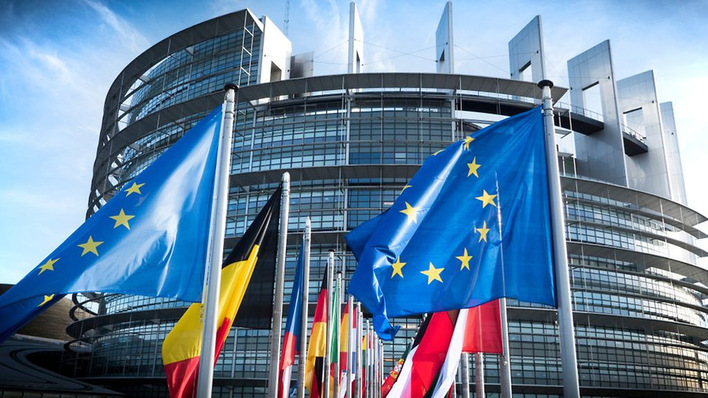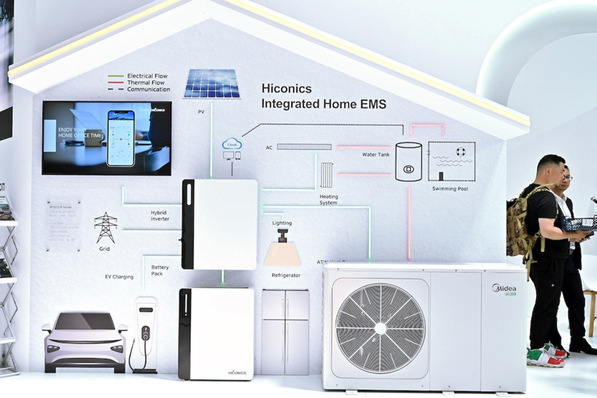The solar and electricity industry came together in three roundtables to discuss how to optimise solar PV integration into the grid. Today the scale of the challenge calls for a forward-looking approach to network planning, standardised procedures, digitalisation, more transparent data exchange and a comprehensive assessment of flexibility tools.
Solar growth represents a revolution for Europe’s electricity grids which were originally designed for centralised power generation. Today, Europe and the USA have around 1,000 GW of solar projects queued up to be plugged in. However, connection delays caused by grid congestion and lengthy grid development permitting are driving up PV installation costs, putting solar’s competitive edge at risk. To avoid slowing down Europe’s energy transition, electricity networks must anticipate this solar-driven future, supported by adequate policies.
Call for a European Grid Action Plan
“The energy system is changing fast, so we need a new, forward-looking approach when we modernise and expand our electricity grid. This means designing network plans with a stronger renewable focus that considers wider time horizons and zooms in on more granular low-voltage areas, where most PV connections take place“, said Eurelectric’s Secretary General Kristian Ruby.
Member States should ensure that grid planning becomes all-encompassing, acknowledging infrastructure build-out needs as well as grid digitalisation and flexibility deployment. Planning ahead requires investing and training the workforce in advance to bring programs to completion in a timely manner. The European Commission can lead the way by incentivising anticipatory investments and identifying best practices with a new European Grid Action Plan.
Did you miss that? More infrastructure for accelerating electrification
While looking ahead, several actions can be taken in the immediate term to optimise grid connections and achieve faster PV integration. Grid connection rules considerably differ across and within EU countries especially at the low voltage level. Standardising such processes is paramount. To this end, national rulebooks should be established to describe procedures, detail timelines and explain relevant actors’ roles.
Ensuring higher visibility over available network capacity is also key for project developers deciding where to locate their new renewable installation. Many DSOs have already developed grids capacity maps and made them available online, but the exchange of data could be further improved to the benefits of all grid users by adhering to transparent guidelines under an EU-wide nomenclature.
Greater flexibile capacity needed
For small PV projects or prosumer installations, a simplified notification system could be implemented in place of issuing lengthy requests to DSOs, to speed up low-kilowatt plug-ins. Network operators should also be encouraged to include more hybrid systems – a combination of energy sources such as solar and storage, or solar and wind – in their grid development plans to favour higher renewables and storage penetration.
SolarPower Europe CEO Walburga Hemetsberger said: “The renewable-based future is here. We need to make sure that system operators and solar generators work together to ensure citizens can benefit from clean, low-cost renewable energy. Grid connections are one of the key issues holding back the rapid green transition. Solutions are there; good planning, investment, flexibility, digitalisation, innovation, should all be underpinned by political support at the highest level."
Also interesting: Amsterdam hotel beats grid connection shortage
Even with optimised connection processes, however, integrating a high share of variable renewable generation still poses challenges to maintaining grid stability. This calls for greater flexible capacity to ease congested areas and help balance the grid. Once mapped, all flexible solutions from local flexibility markets to non-market alternatives such as flexible connection agreements should be assessed to increase flexible capacity and support operators in managing grid congestion.
Europe’s solar growth relies on an electricity infrastructure fit for purpose. We call on policymakers to enhance the grid’s pivotal role in enabling Europe’s decarbonisation, by expanding its capacity, easing permitting and investing in its digitalisation. (hcn)








